It’s an optical sensor that derives its readings from emitting two wavelengths of light from two LEDs – a red and an infrared one – then measuring the absorbance of pulsing blood through a photodetector. This particular LED colour combination is optimized for reading the data through the tip of one’s finger. It is fully configurable through software registers and the digital output data is stored in a 16-deep FIFO within the device.It has an I2C digital interface to communicate with a host microcontroller.
The pulse oximetry subsystem in MAX30100 consists of ambient light cancellation (ALC), 16-bit sigma delta ADC, and proprietary discrete time filter. It has an ultra-low-power operation which makes it ideal for battery operated systems. MAX30100 operates on a supply in the range of 1.8 to 3.3V.It can be used in wearable devices, fitness assistant devices, medical monitoring devices, etc.The MAX30100 operates from 1.8V and 3.3V power supplies and can be powered down through software with negligible standby current, permitting the power supply to remain connected at all times.

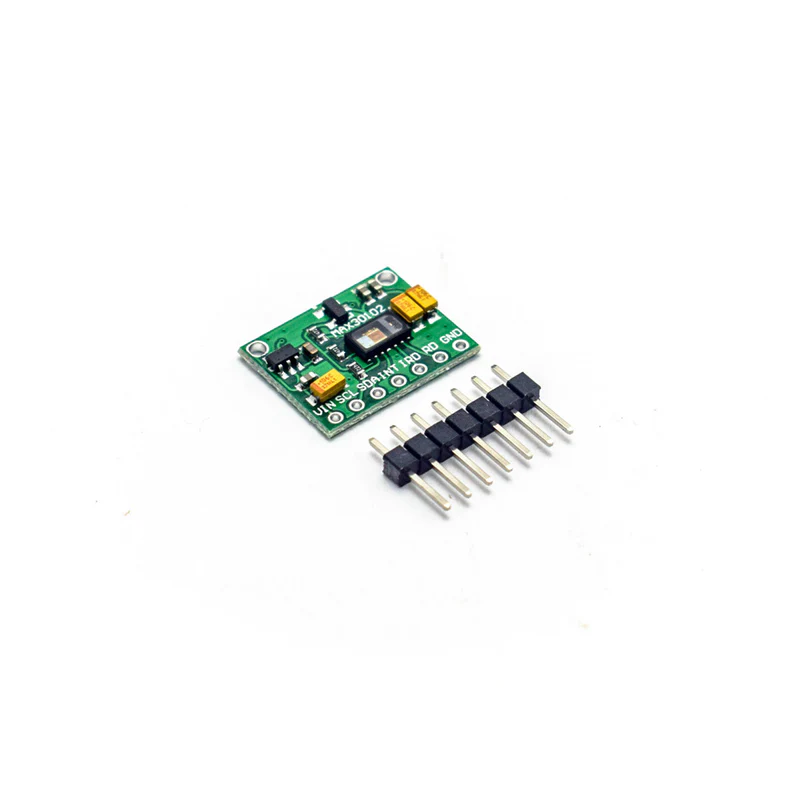
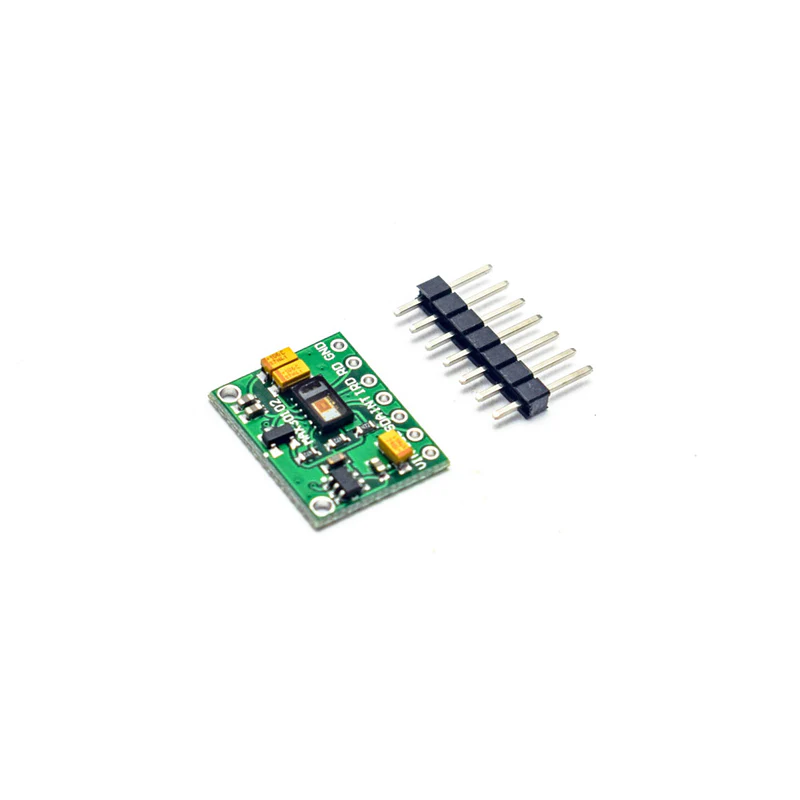
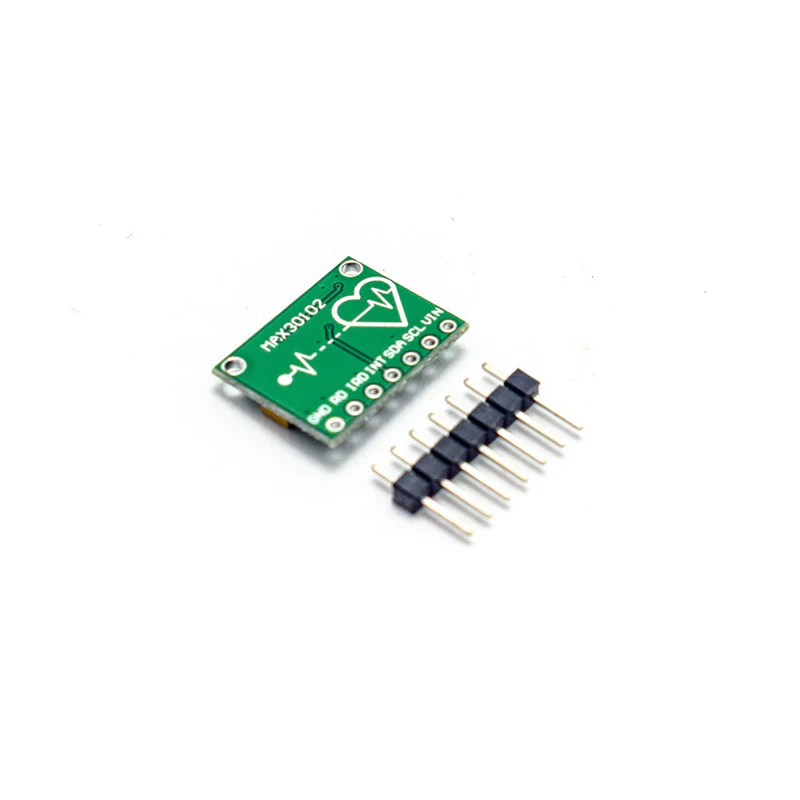
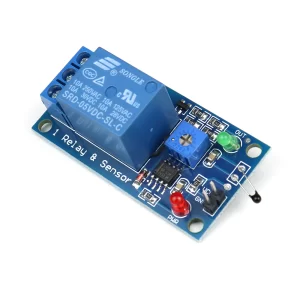
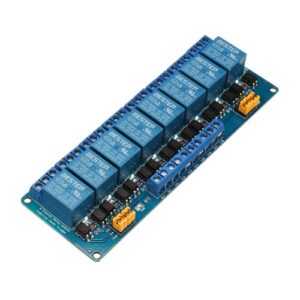
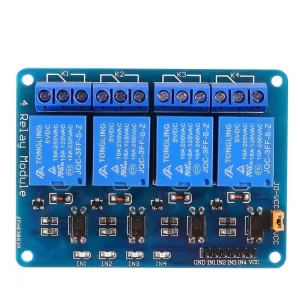
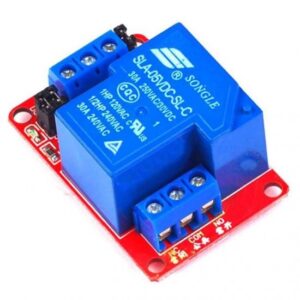
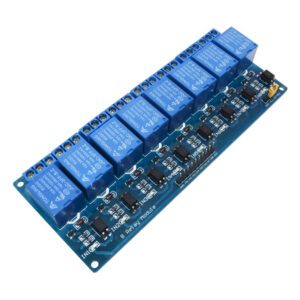












There are no reviews yet.